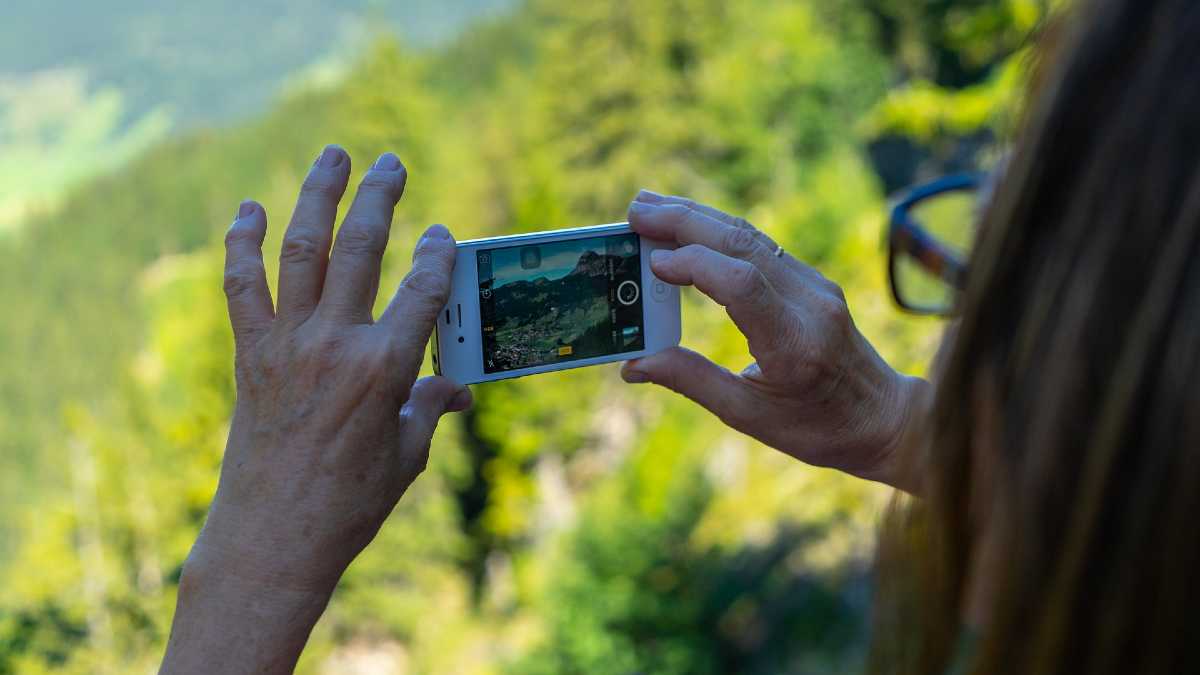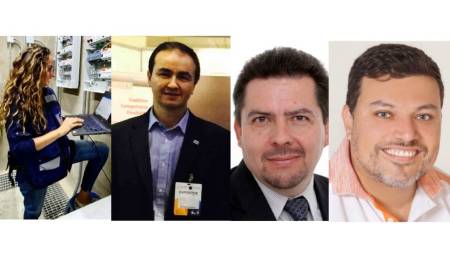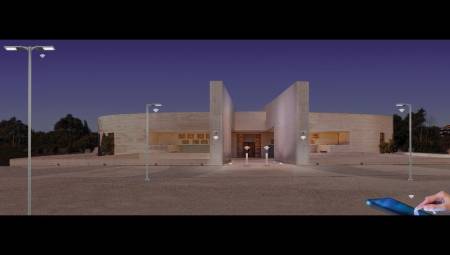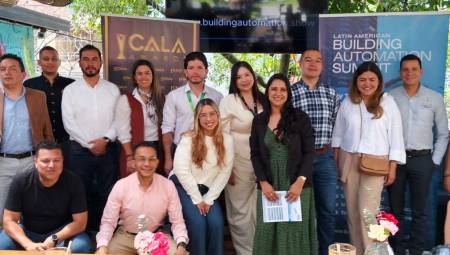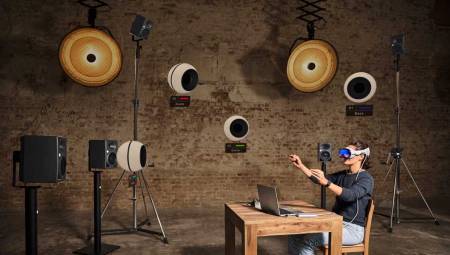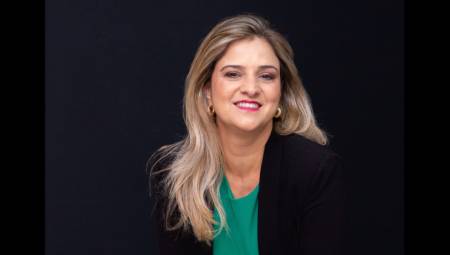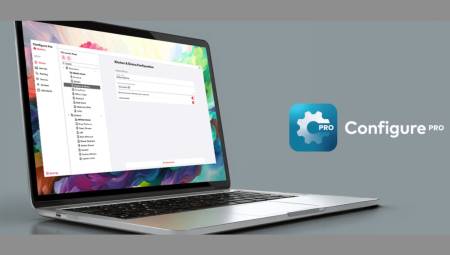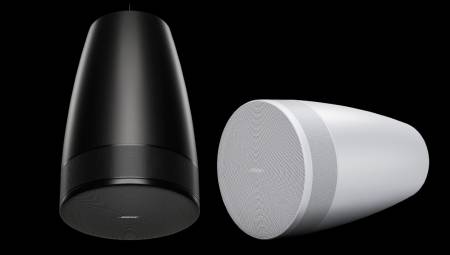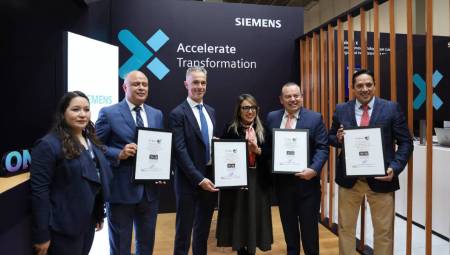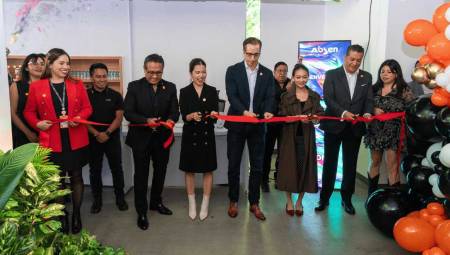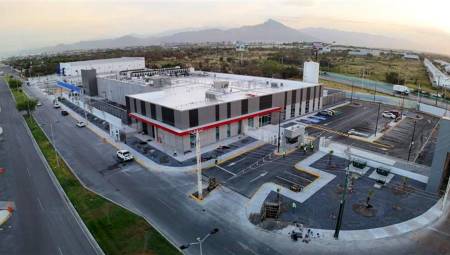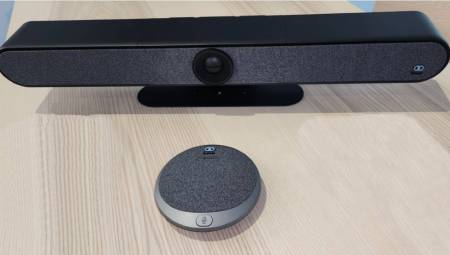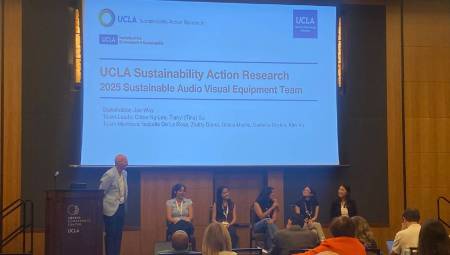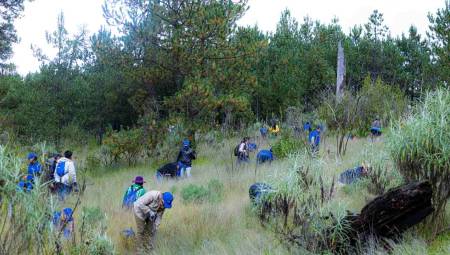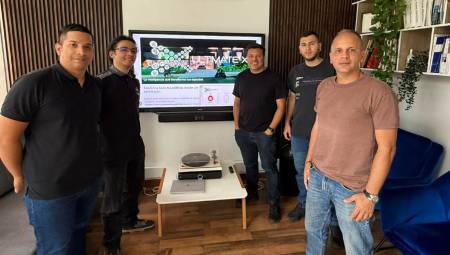Latin America. The digital divide especially affects older people, which often suggests that they have no digital life. Now, you only have to go outside or take public transport to see how this perception is a stereotype.
Digital practices in old age are rich and diverse, as shown by a growing number of studies. The experts of the Communication Networks & Social Change (CNSC) research group of the Internet Interdisciplinary Institute (IN3) of the Open University of Catalonia (UOC) Mireia Fernández-Ardèvol and Andrea Rosales have analyzed data on the use of the smart mobile of the elderly.
The study concludes that half of the accesses on the cell phone of the elderly people who have participated in the study correspond to calls (including those made with WhatsApp and Telegram) and instant messaging. As for the popularity of applications, WhatsApp occupies the first position predominantly. In the second position, differences in use between younger and older people in this study are identified: while Facebook is the second most popular application among those aged 60 and 69, Gmail is between those aged 70 and 79. Likewise, the analysis has allowed to dismantle seven myths about the use of ICT among older people.
The experts, within the framework of the project BConnect@Home: Connected at home: The use of digital technologies among the elderly, have studied the activity of the mobile phones of 300 users between 60 and 79 years old for four weeks (between February and May 2019). To measure the uses of the cell phone, the study has organized the applications around 12 categories and has measured their use according to the number of accesses during the observed period (800,000 records in total).
Calls, messaging and social networks, main reasons for the use of the smart mobile
Interpersonal communications and social life are key elements of mobile activity, since the two most relevant categories are calls and messaging, which represent half of the accesses on the mobile and include from voice calls to applications such as WhatsApp and Telegram, and online social networks, such as Facebook or Twitter.
"It is interesting that the category of image, audio and video is the third in importance. It includes the creation, sharing and consumption of photographs, videos and audios. In less prominent positions are games and games of chance (4th position), such as Candy Crush (game) or Billionaire (gambling); online shopping apps (6th place), such as Amazon, or health and wellness apps (7th place), for example, Fitbit.
Another way to measure usage is by analyzing the distribution of accesses throughout the day. First of all, a higher use is observed during the day than during the night. The social uses of time are reflected in the uses of the mobile, which increase from 7 am or 8 am in the morning and fall from 8 pm. The activity of the youngest (60-69 years) and the oldest (70-79 years) is practically the same throughout the day. "The guidelines are similar and neither group stays above (or below) the other permanently," Rosales says.
While the general patterns of use throughout the day are similar throughout the sample, differences in the use of age-related applications are observed. Among the youngest people in the study (60-69 years old), the most popular app is WhatsApp, followed by Facebook. Gmail is in fourth place. Among the oldest group (70-79), while WhatsApp remains the most popular, the second most popular is Gmail, and the third, Facebook. Finally, Instagram and the camera of the mobile seem associated with age, since among the twelve most used applications by the youngest (60-69 years) is Instagram, but not the camera. And it is just the opposite in the oldest group (70-79 years).
7 myths about the uses of ICT
"The results that have been obtained from this study allow us to question some myths that, if at any time they were true, are less and less so," warns Fernández-Ardèvol. The UOC experts refute seven false beliefs:
1. Medical condition defines the lives of older people and therefore also determines their digital interests. The study reveals that mobile is mainly used for socializing and taking photos, while the health and wellness category only occupies the seventh position, out of a total of twelve categories.
2. Older people don't play in digital environments. As the data shows, gaming and gambling are the fourth most used category of mobile apps, ahead of news and media query (5th place) or weather apps (11th place).
3. Older people are strangers to digital technology. A false belief, given that the use of the mobile is distributed throughout the day and night and responds to various uses.
4. Older people do not know how to relate to technology. The study reveals a different evidence: older people use their mobile phones every day, during different times of the day and for different activities.
5. Mobile usage decreases as we age. The data dismantles this claim. Daytime use is similar in the younger cohort (60-69 years) and in the older cohort (70-79 years).
6. The label "older people" qualifies a homogeneous population group and, therefore, it is not necessary to analyze the different age groups that constitute it. Research has identified that the use of mobile apps changes with age. The variety of uses that have been found justifies the need for detailed analyses to understand the diversity of digital interests and needs throughout old age.
7. Due to the digital divide, there is nothing to learn from the digital uses of older people. When older people have access to the internet, its use is similar to that of the adult population. The data show that the population of older people has characteristics of their own that vary with age. Therefore, it is not correct to extrapolate the results from age segments, because in each period of life people have different (digital) interests and needs.
The research has been carried out in four countries (Canada, Spain, the Netherlands and Sweden).



